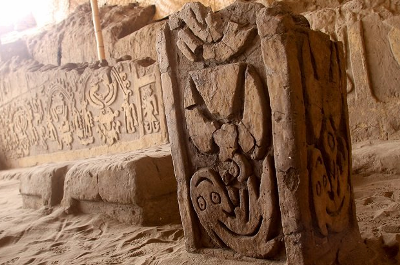SPAIN/BASQUE COUNTRY. Sovereign - this gold coin is considered the favorite of the Queen of England. It was created in 1489 by order of King Henry VII and his issue was continued until of 1603, reign of Queen Elizabeth I. Its name is because the face of the king is minted on the obverse of the coin.
The "sovereigns" came back to be minted in 1817 and the standard amount of precious metal used in its manufacture was fixed at 7.32 grams of gold. Its approximate value: $ 300. One of these coins well known by lovers of coins, is is under custody of the Ertzaintza - (Basque police forces) in Vitoria - (capital of the basque province of Alava).
The police is requesting the cooperation of citizens to find the owner of the object (and for this reason is publishing the case and the photo of the jewel in the Spanish newspapers). After all, no one filed a complaint of theft of this object
The police is requesting the cooperation of citizens to find the owner of the object (and for this reason is publishing the case and the photo of the jewel in the Spanish newspapers). After all, no one filed a complaint of theft of this object
This sovereign, in particular, inlaid in a ring, was with part of stolen material found in possession of a gang of thieves who acted - by invading houses - in the capital of Alava (or Araba - one of three provinces that make up the Basque country). This coin was minted in 1958 and has the characteristic inscription in Latin: Elizabeth II, Queen by God's grace.
The "sovereigns" circulated even the early twentieth century. In 1914 were taken out of circulation, when Britain abolished the use of gold in their currencies. However, this type of coins was still produced in very limited quantities.
Finally, its production was terminated in 1932. However, in 1957, the Royal Mint resumed his coining to combat counterfeits coming from Italy and Syria. However, these latest exemplars were owned - almost exclusive - of colecionares and gold investors.
Finally, its production was terminated in 1932. However, in 1957, the Royal Mint resumed his coining to combat counterfeits coming from Italy and Syria. However, these latest exemplars were owned - almost exclusive - of colecionares and gold investors.
The Basque police still informs - that all the gang assaults occurred in the center of the capital of Alava, Vitoria - on "Gasteiz avenue", its environs and in other places like Arana, St. Lucia and Judimendi. The assaults happened always when the owners were out from home.
SOURCE: El misterio del Soberano de oro
EL CORREO-Bilbao/Es, publishe IN published IN 22/03/2012
[http://www.elcorreo.com/alava/20120322/local/misterio-soberano-201203221912.html]









